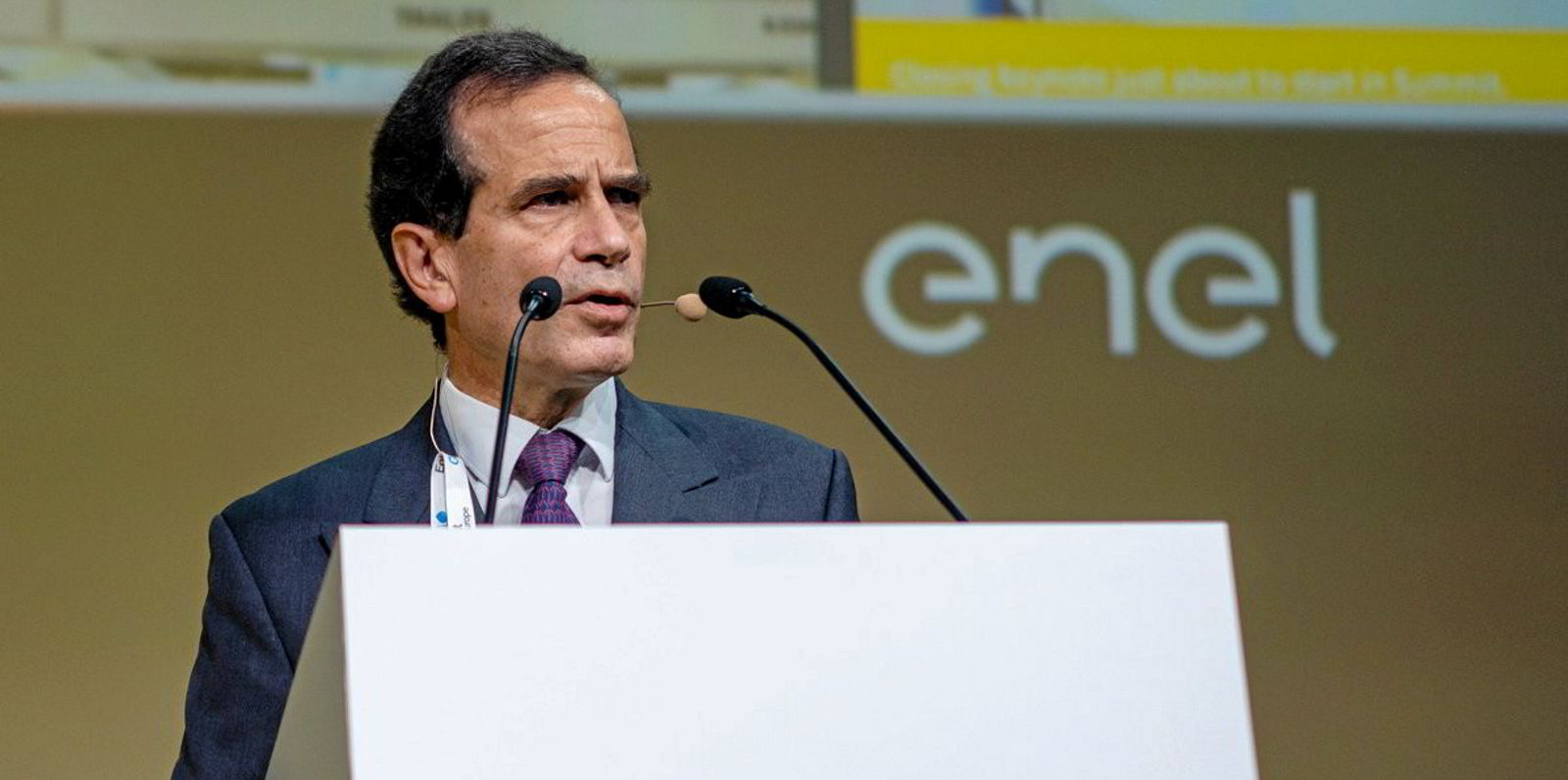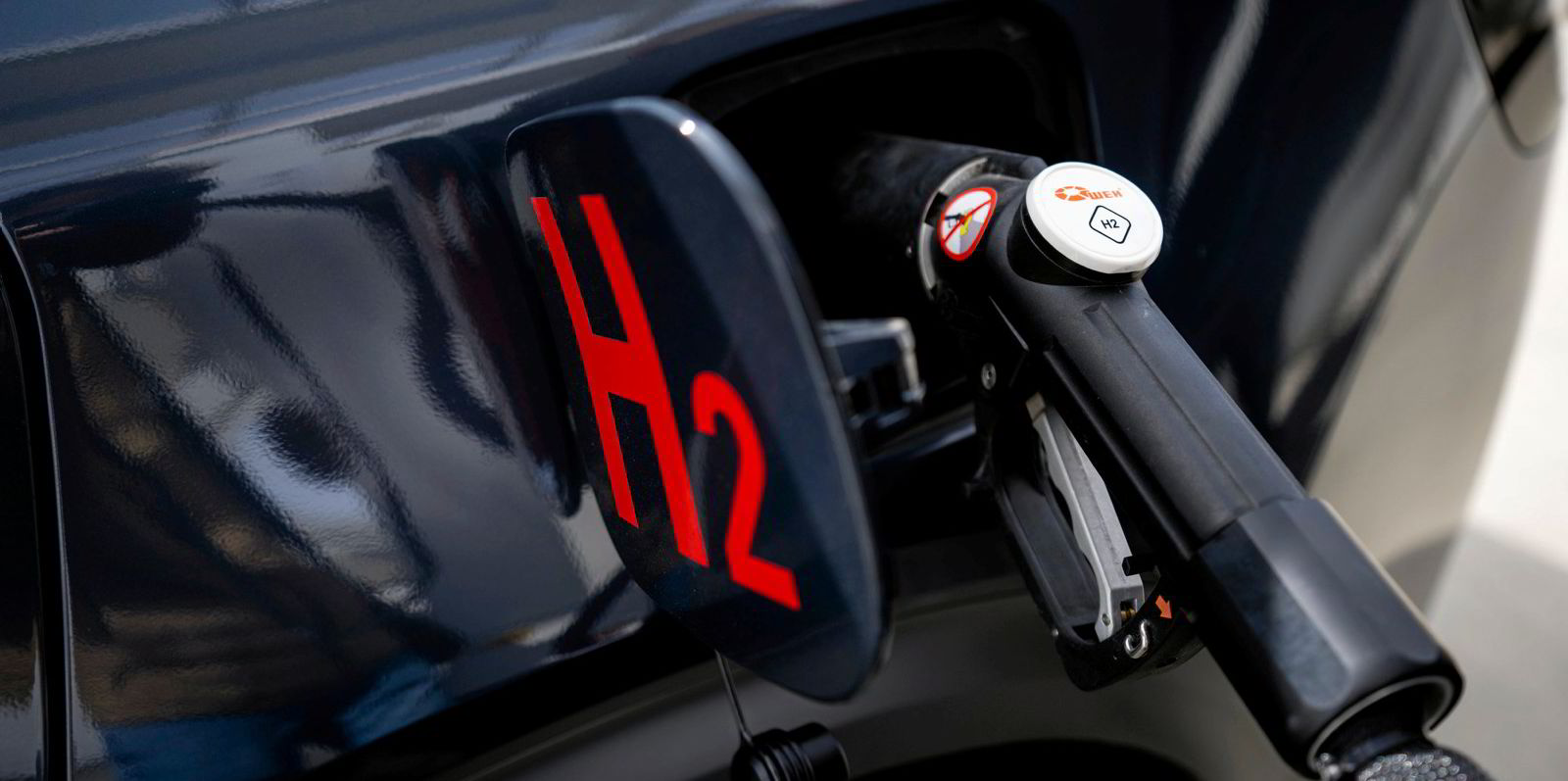A group of 90 European gas distributors campaigning for 100% hydrogen in their networks, called Ready4H2, has inadvertently demonstrated the exact opposite of its name — that gas grids will not be ready for pure H2 any time soon.

According to the group’s new report, Ready4H2: Europe’s local hydrogen networks, only 24% of its members will be “fully ready” for 100% hydrogen by 2035, and only 67% say they will be by 2040.
In other words, a third of the most pro-hydrogen gas distributors in Europe say they will not be fully ready for pure H2 networks in 20 years' time, and three quarters won't be ready in 15 years' time.
The report does add, however, without any supporting evidence, that “parts of their networks [will be] able to convert sooner”.
The group defines “fully ready” as including “the readiness of the pipe material, all components (connections, valves, metering equipment, compressors, etc.) and the end user equipment”.
The numbers demonstrate that waiting for gas distributors to be able to offer 100% hydrogen would only delay the decarbonisation of heating, which accounts for 38% of Europe’s greenhouse gas emissions.
“Theres a disconnect,” says Gniewomir Flis, hydrogen analyst at German think-tank Agora Energiewende. “While the European Commission’s Impact Assessment requires a reduction in building heating emissions of 42% by 2030, only 24% of local gas networks expect to be ‘fully ready’ for pure hydrogen and even that’s by 2035.
“The distribution networks that cannot meet the 2030 deadline should start preparing for serious disruption to their business model. That requires thinking outside the gas box.”
The Ready4H2 group is also working on blending hydrogen into the gas grid as a first step towards 100% hydrogen, but only blends of up to 20% would be possible before massive system upgrades would be required. And because of the lower energy density by volume of H2 compared to natural gas, 20% green hydrogen would only reduce emissions by about 7%, while increasing the cost of heat to the consumer by around 33%, according to a recent study by independent German think-tank Agora Energiewende.
At the recent Enlit Europe conference in Milan, Recharge asked gas blending advocates why consumers would want to pay significantly more for their heating in order to reduce emissions by only 7%, and not a single one could offer any explanation — only suggesting that it would benefit the overall energy system’s push to net zero by creating more demand for electrolysers and thus reducing the cost of the machines through economies of scale.
Multiple independent studies have shown that electric heat pumps would be a far cheaper and more energy-efficient way to reduce emissions from heating, but the European gas industry is lobbying hard to persuade policymakers that all-electric heating would require such massive upgrades to power grids that such a system would be unaffordable.
“Hydrogen is essential to achieve net zero, tackling the hard-to abate sectors, and delivering seasonal storage. Using hydrogen and other green gases across Europe would save €130 billion [$147bn] a year in 2050, compared to meeting net zero without them,” states the Ready4H2 report, referring to a disputable analysis by DNV that was commmissioned and paid for by lobby group Eurogas in 2020.
“More than 99% of industrial and commercial customers that are connected to gas are served by distribution networks, so both local and European hydrogen production will need local networks to get the hydrogen to the industries, commercial businesses and buildings that will need it.
“Therefore, European regulation should support hydrogen conversion and distribution efforts at the local level, by giving local gas networks a greater role.”
The group does not address where all the required hydrogen would come from, although Eurogas believes a substantial portion would have to come from blue hydrogen (derived from methane with incomplete carbon capture and storage) — so much so that the natural gas demand would be 25% higher in 2050 than it is today.
Recharge recently calculated that replacing European households’ current demand for natural gas with green hydrogen would require roughly 875GW of solar power, 463GW of onshore wind or 366GW of offshore wind. By the end of 2020, the EU-27 had only installed 139.3GW of solar, 162.3MW of onshore wind and 14.5GW of offshore wind in total.




